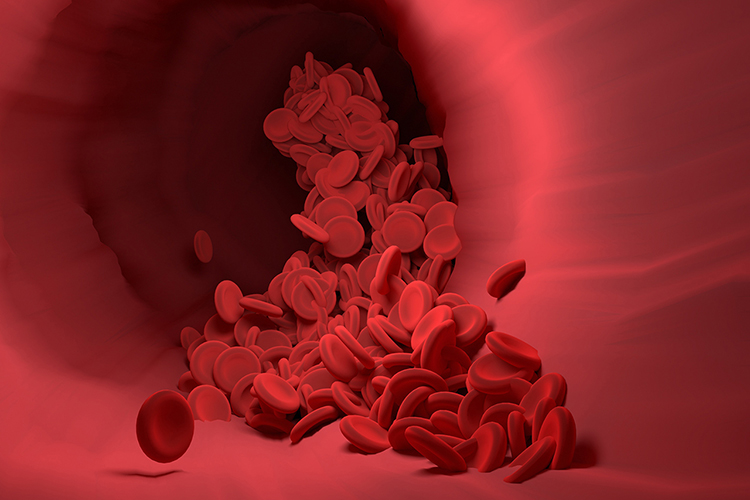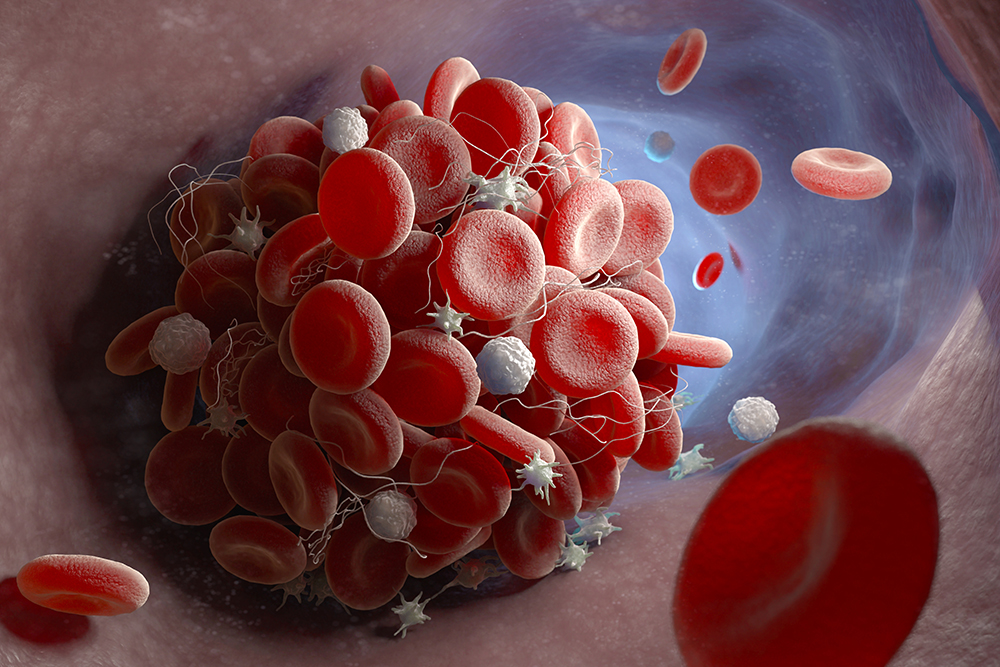Prothrombin gene mutation (also known as Factor II mutation or Prothrombin G20210A) is a hereditary condition that increases the likelihood of developing abnormal blood clots in the veins, such as deep vein thrombosis (DVT) and in the lungs, known as pulmonary embolism (PE). This occurs because the body produces an excess amount of Factor II (prothrombin) protein, which is essential for normal blood clotting. When blood clots form and obstruct blood flow, it can lead to serious complications as the cells are deprived of oxygen.
Although most individuals never experience a blood clot in their lifetime, this mutation is caused by a particular gene mutation where guanine (G) is replaced by adenine (A) at position 20210 in the prothrombin gene code. Other mutations in blood clotting pathways that increase the risk of clots comprise factor V Leiden.



